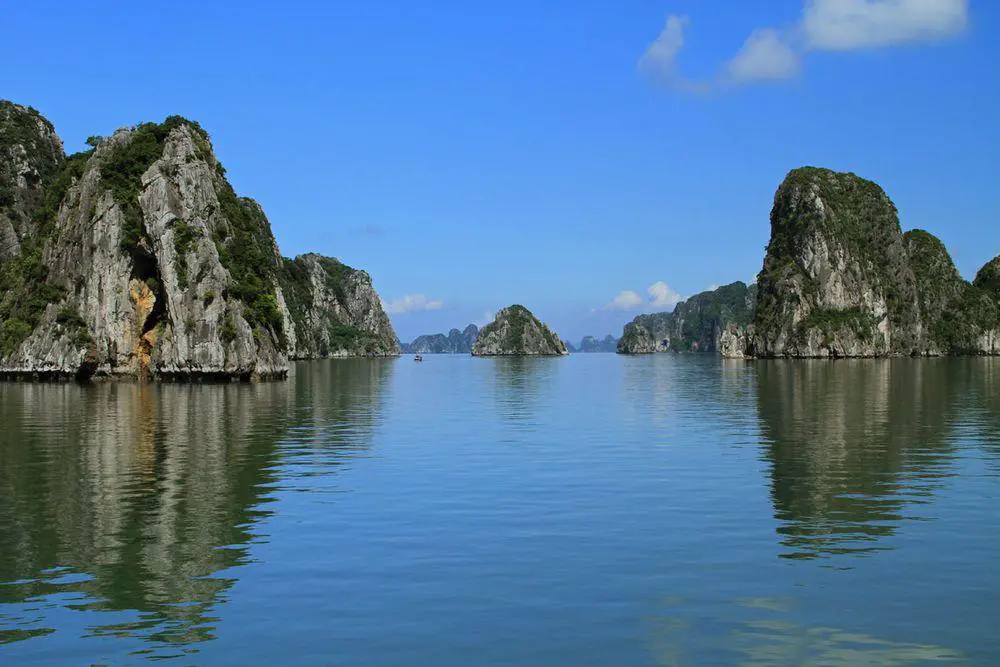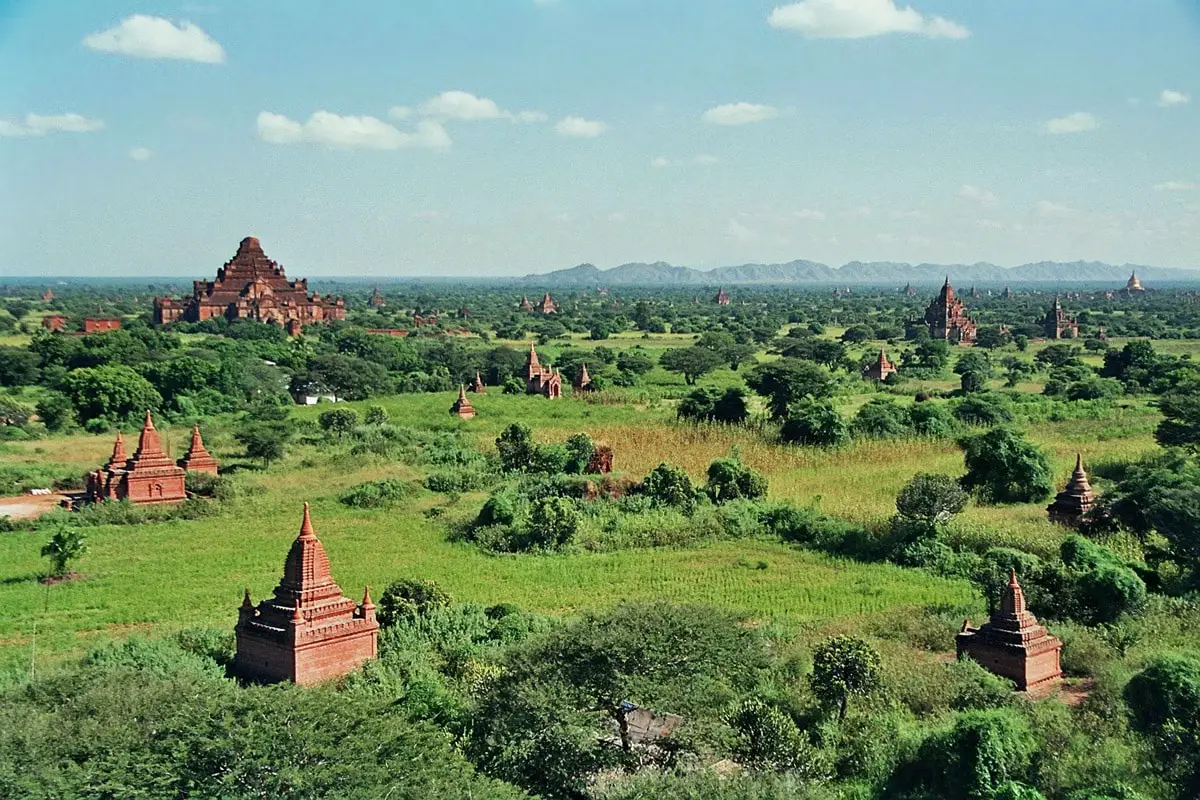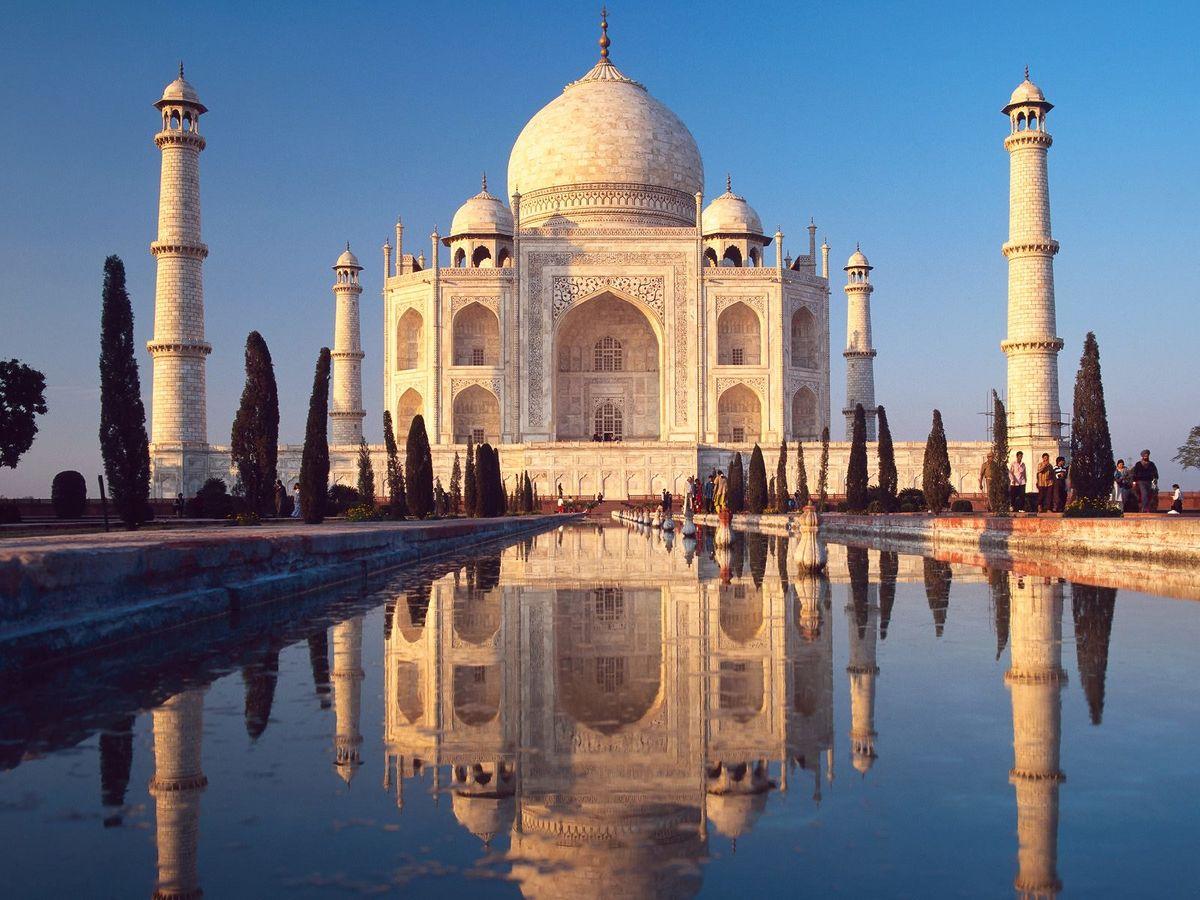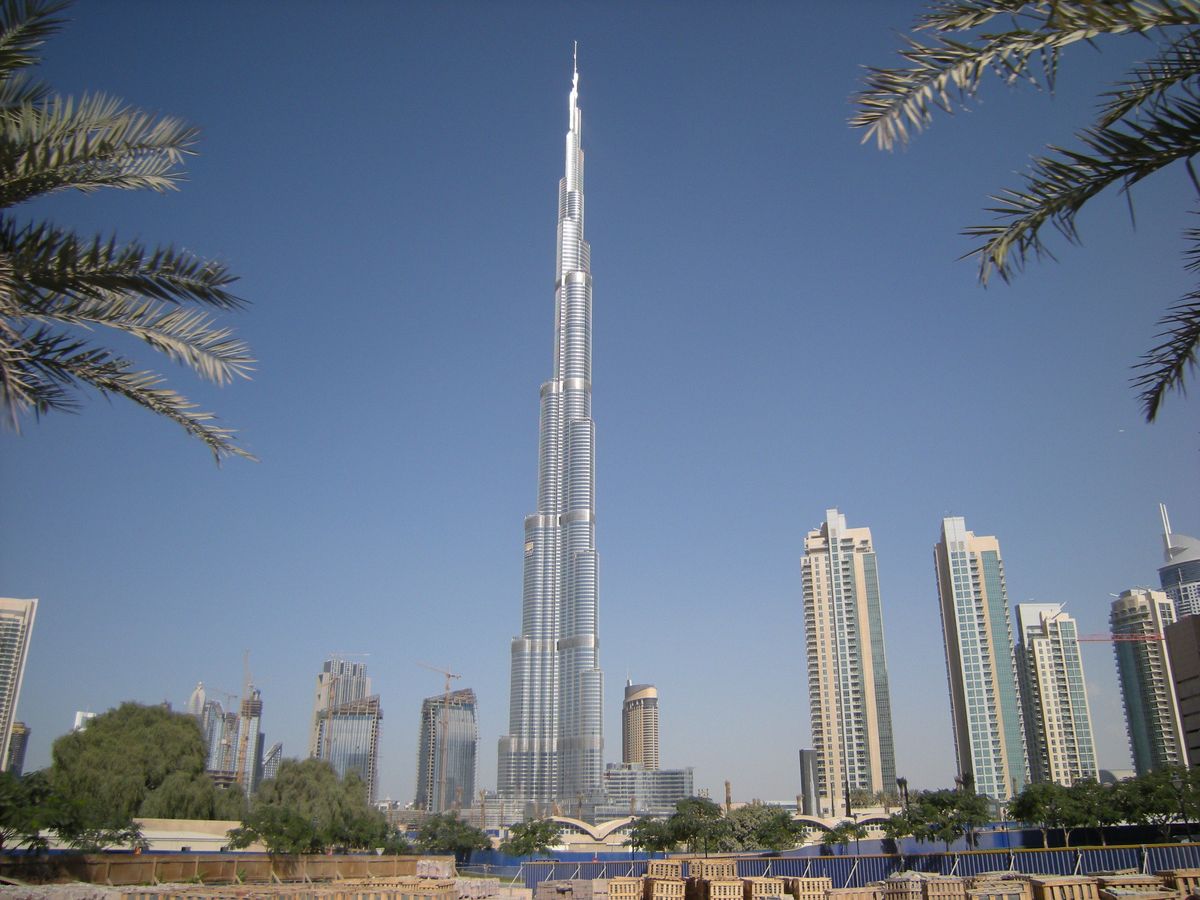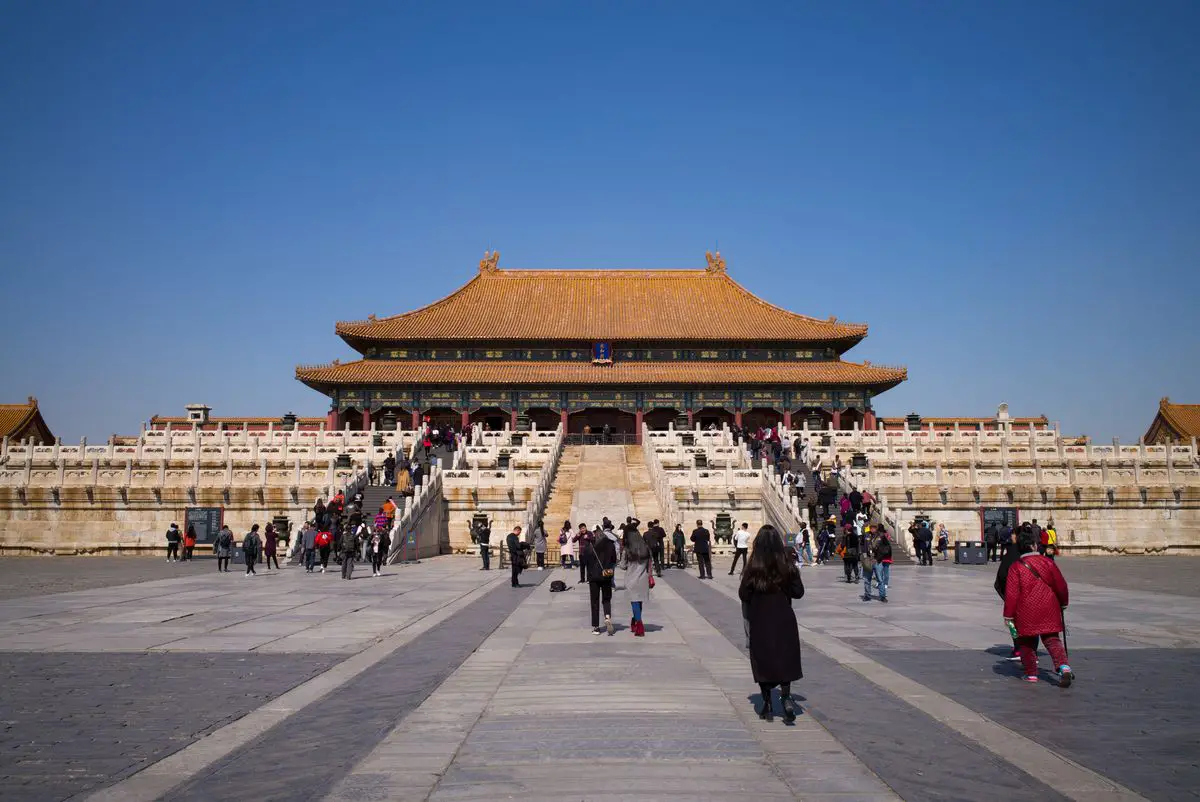Wondermondo 🢖 World 🢖 Wonders of Asia
Territory
Wonders of Asia
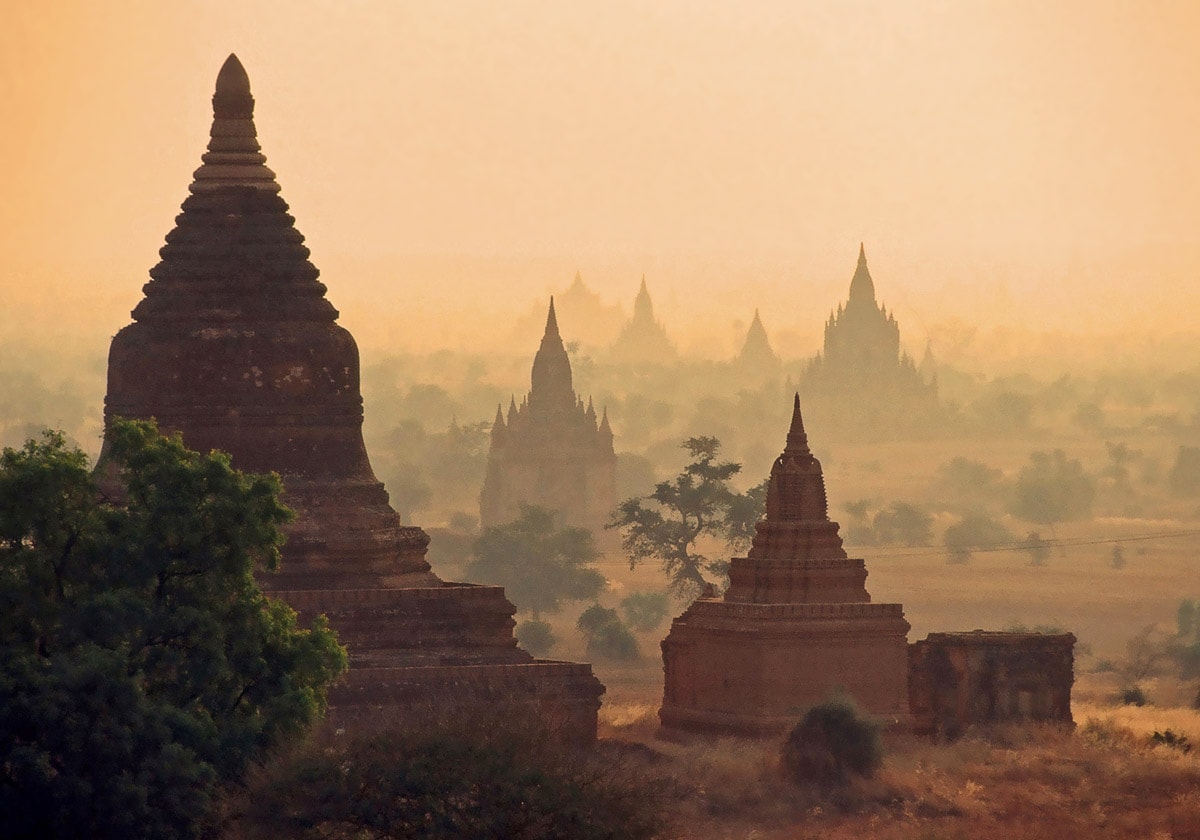
 Countries, territories
Countries, territories
Asia here is divided in 54 countries and territories:
List of all countries / territories
- Afghanistan
- Armenia
- Azerbaijan
- Bahrain
- Bangladesh
- Bhutan
- British Indian Ocean Territory (United Kingdom)
- Brunei
- Burma (Myanmar)
- Cambodia
- China
- Cyprus
- Georgia
- Hong Kong (special administrative region of China)
- India
- Indonesia
- Iraq
- Iran
- Israel
- Japan
- Jordan
- Kazakhstan
- Kuwait
- Kyrgyzstan
- Laos
- Lebanon
- Macau (special administrative region of China)
- Malaysia
- Maldives
- Mongolia
- Nepal
- North Korea
- Oman
- Pakistan
- Palestine
- Philippines
- Qatar
- Russia (Asian part)
- Saudi Arabia
- Singapore
- South Korea
- Sri Lanka
- Syria
- Taiwan
- Tajikistan
- Thailand
- Tibet (occupied by China, here considered in borders of Tibetan Autonomous Region)
- Timor-Leste
- Turkey (Asian part)
- Turkmenistan
- United Arab Emirates
- Uzbekistan
- Vietnam
- Yemen
Map with the described wonders
If you see this after your page is loaded completely, leafletJS files are missing.
 Highlights of Asia
Highlights of Asia
Any other continent (and part of the world) seems small if compared to Asia. This refers also to natural and man-made heritage: in Asia are not just thousands of great landmarks, here are found landmarks created by thousands of diverse cultures from ancient Phoenicians to the mysterious small people in the Philippines and eastern islands of Indonesia. Thus any attempt to define the highlights of Asia is a bit misleading: almost everything that can be magnificent and impressive is most magnificent and impressive in Asia. Two aspects though should be singled out:
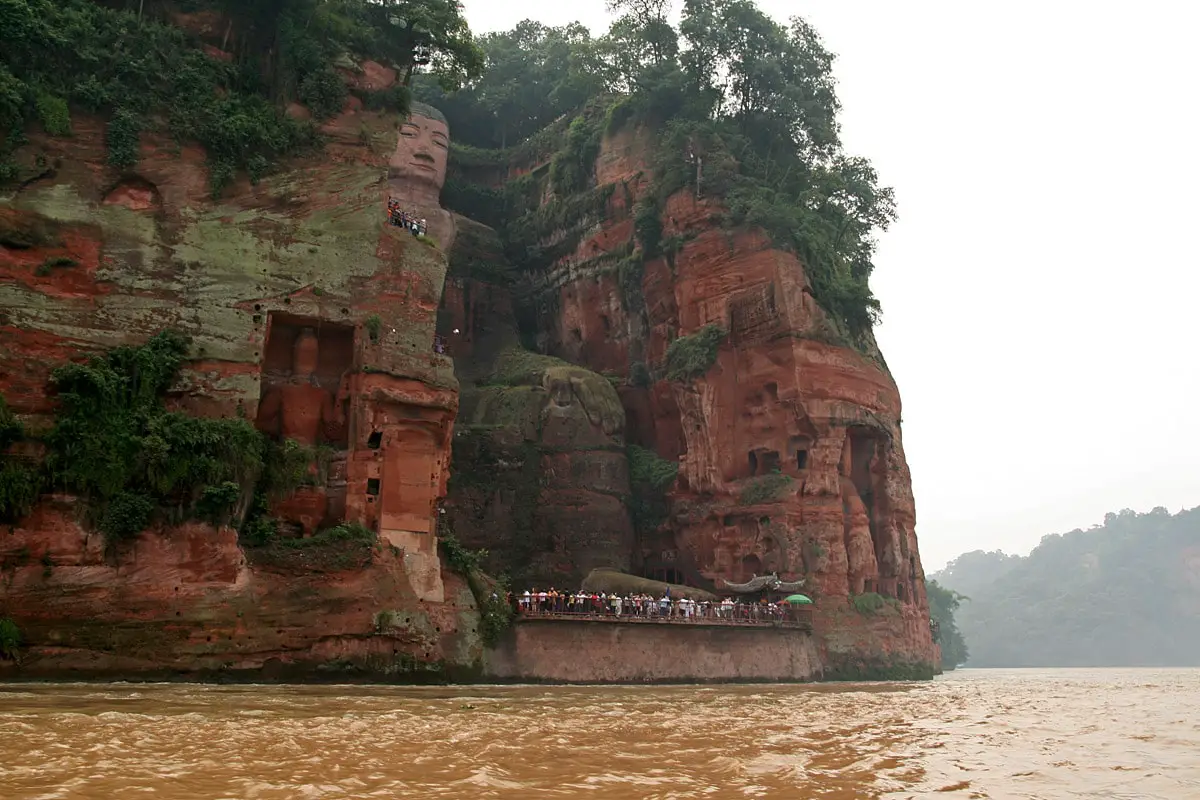
- World’s first permanent settlements and cities. Very first permanent settlements appeared in the Near East – either in Turkey (signs of a settlement around Göbekli Tepe shrine around 9100 BC and Çatalhöyük village around 7500 BC), or Jericho in Palestine (first fortified settlement since 6800 BC). True cities first appeared in Mesopotamia – Uruk (Iraq, ancient Mesopotamia) might be the oldest metropolis, with some 50 – 80 thousand inhabitants in 2900 BC.
- Shrines, religious architecture. By far the largest and most impressive religious structures are located in Asia. Europeans might be deservedly proud of magnificent Christian churches but the grandeur of ancient Buddhist and Hinduist architecture overshadows this. None can beat the fantastic temple city of Bagan (Burma), thousands of rock-cut temples in India and China, or the world’s largest shrines – Hinduist temples in South India and Cambodia. A very special place for modern civilization is Jerusalem: a kind of navel, a site at the crossroads of history and religions.
 Top 25 wonders of Asia
Top 25 wonders of Asia
Geological wonders
Mount Everest
Nepal / Tibet
Earth’s highest mountain, 8,848 m high.

Ha Long Bay
Vietnam
Site of unusual beauty – sea bay with approximately 2,000 tower-like islands formed by karst processes. The tallest islands are 100 m tall. The area contains many endemic species of plants and animals. Some islands have impressive caves (such as Hang Đầu Gỗ Cave). Local fishermen live in exotic-looking floating villages.
Son Doong Cave
Vietnam
The biggest known cave in the world. Especially impressive is the more than 4 km long passage that is continuously 90 m wide and up to 200 m high. The total known length of this cave is 9 km. A powerful stream flows through the cave. Unique cave pearls as large as baseballs, as well as green, algae-covered gours.
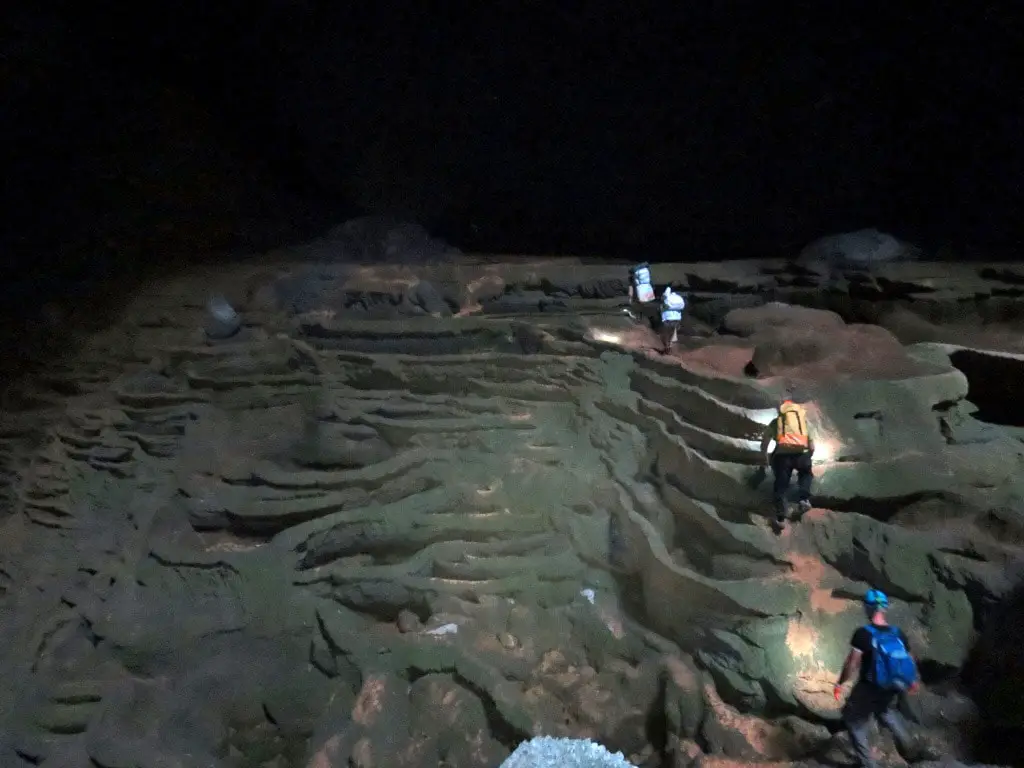
Mount Fuji
Japan
Symbol of Japan, the highest mountain in the country, 3,776 m high. This volcano has a nearly perfect symmetrical form and has provided inspiration for many works of art.
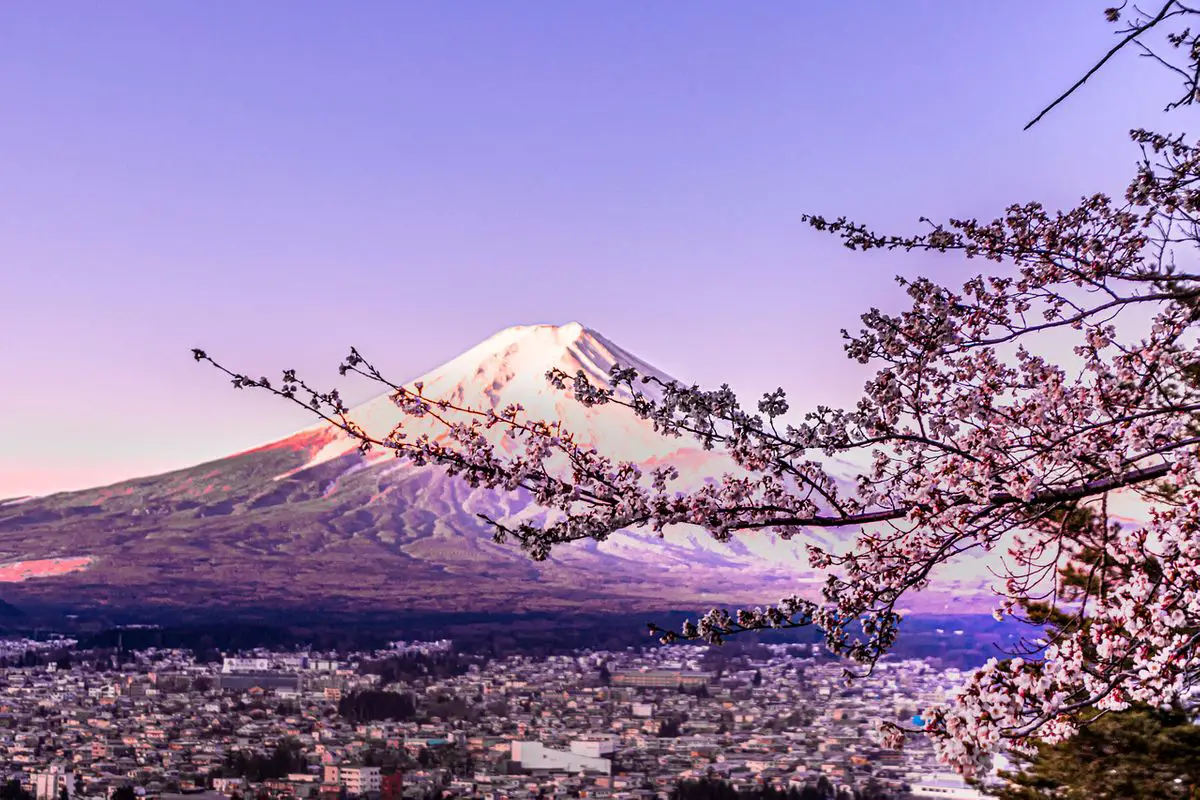
Archaeological wonders
Petra
Jordan
The ancient capital city of Nabateans was established around the 6th century BC on the site of an ancient sanctuary. Contains some of the most beautiful and intricate rock-cut architecture in the world, available after walking through a 1.2 km long, narrow gorge.
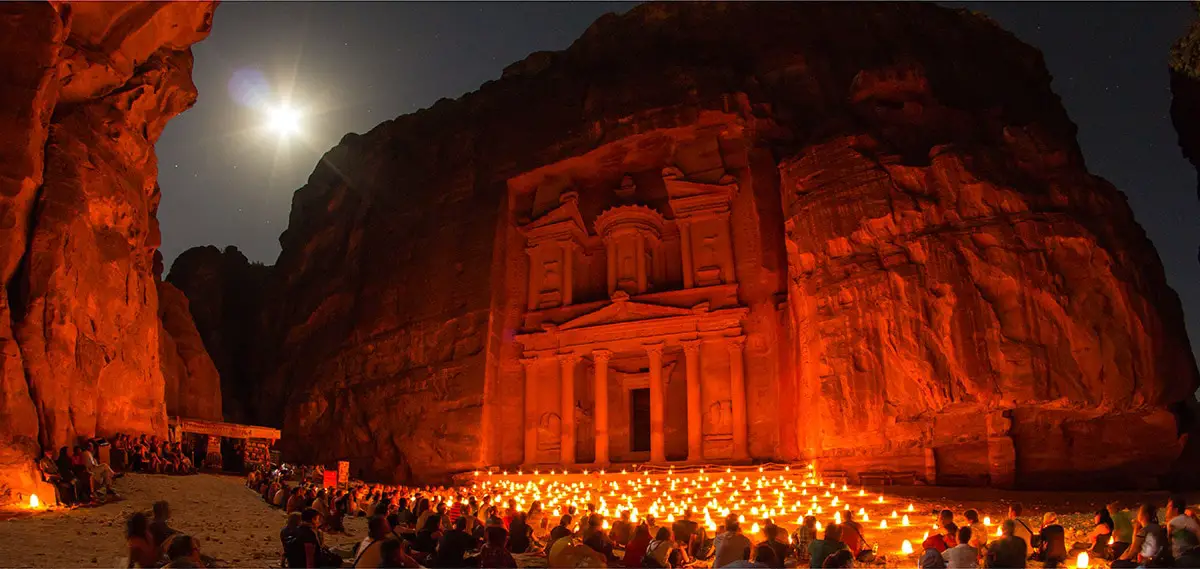
Sigiriya
Sri Lanka
Sigirya is a unique town that was constructed around and on the top of a nearly 200 m high rock peak in 477 – 495 AD. Here are several unique monuments – including a giant lion whose mouth serves as the entrance to a rock fortress and beautiful frescoes – a masterpiece of world importance.
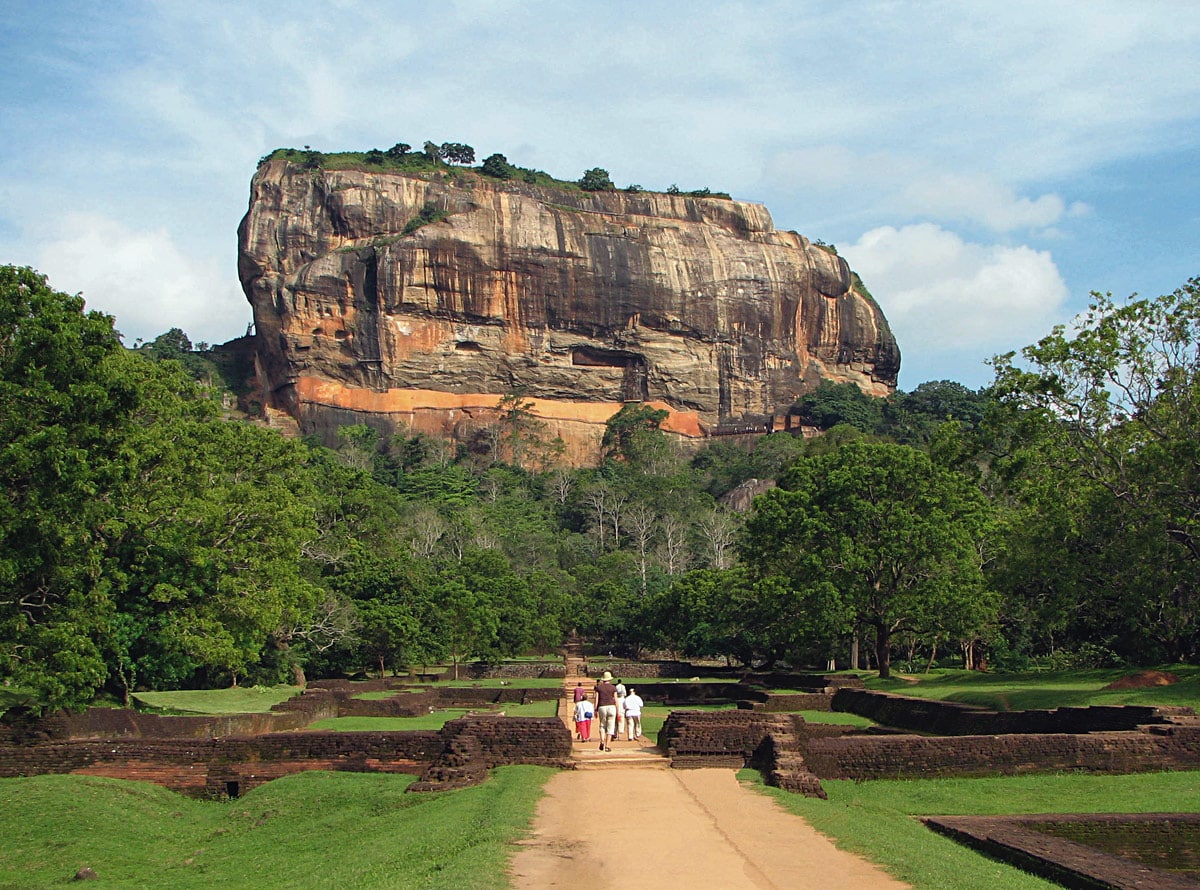
Angkor (Angkor Thom)
Cambodia
The ancient Khmer capital city, the once largest city in the world with an area of at least 1,000 km². Flourished in the 8th – 15th century AD. The city has ruins of numerous masterpieces of ancient architecture including the largest religious complex in the world – Angkor Wat and 71 other large religious complexes.
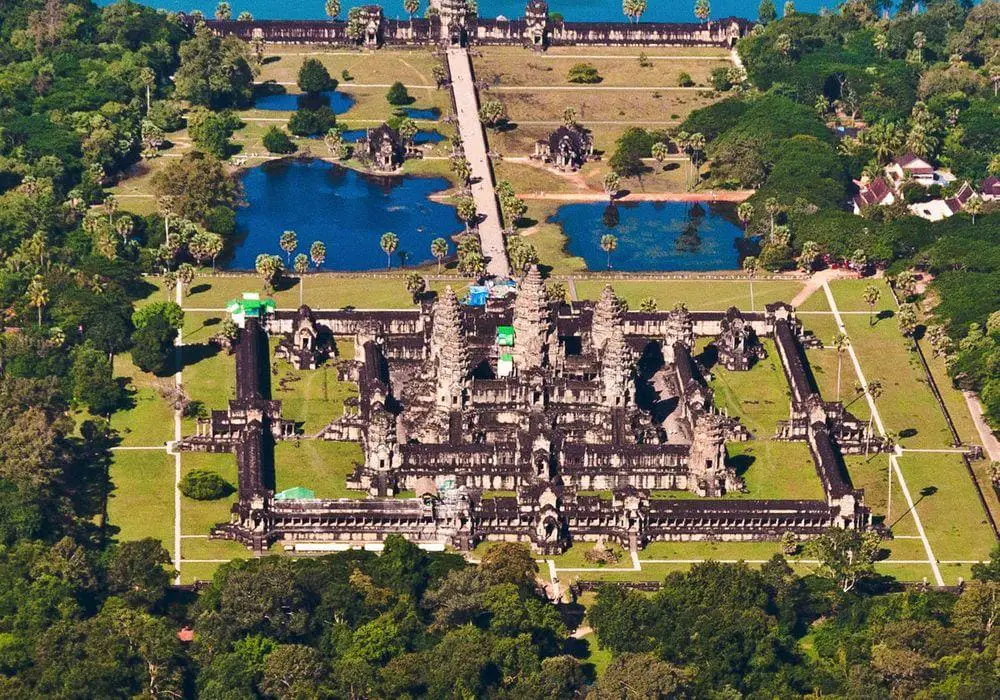
Persepolis
Iran
The ceremonial capital of the Achaemenid Empire. Its development started in 521 BC on an enormous, partly artificially made terrace. Here are ruins of numerous architecturally impressive buildings such as Apadana Palace, Throne Hall, and numerous others. Destroyed by the troops of Alexander the Great in 330 BC.

Terracotta Army
China
Unique monument of culture: buried terracotta sculptures – army soldiers near the mausoleum of the First Qin Emperor, made roughly in 210 BC. In total there have been buried more than 8,000 sculptures of soldiers, 130 chariots with 520 horses, and 150 cavalry horses, all made in live size and bigger, all depicting individual people.
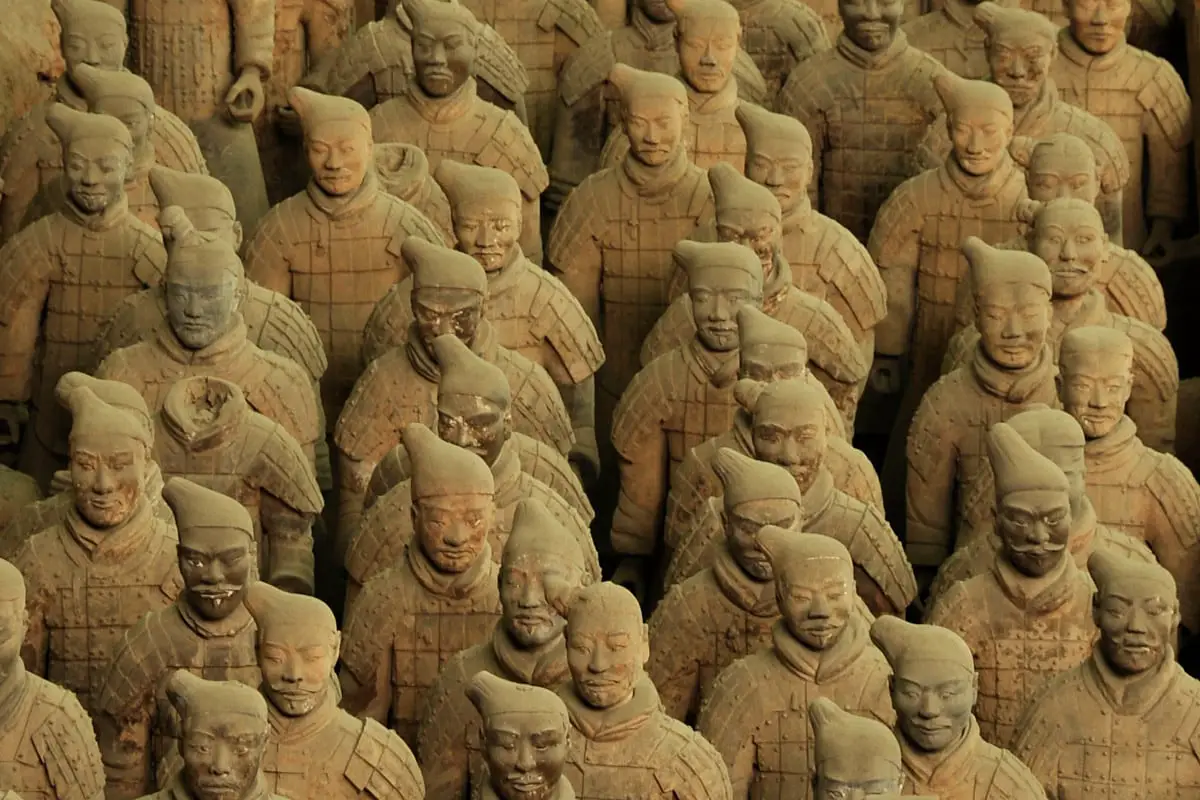
Architecture wonders
Great Wall of China
China / Mongolia
The largest series of fortifications in the world with a total length of 8,852 km, including 6,259.6 km of the actual wall. Constructed in the 5th century BC – 16th century AD by the Chinese to protect the northern borders of the Chinese Empire against intrusions by northern nomads.
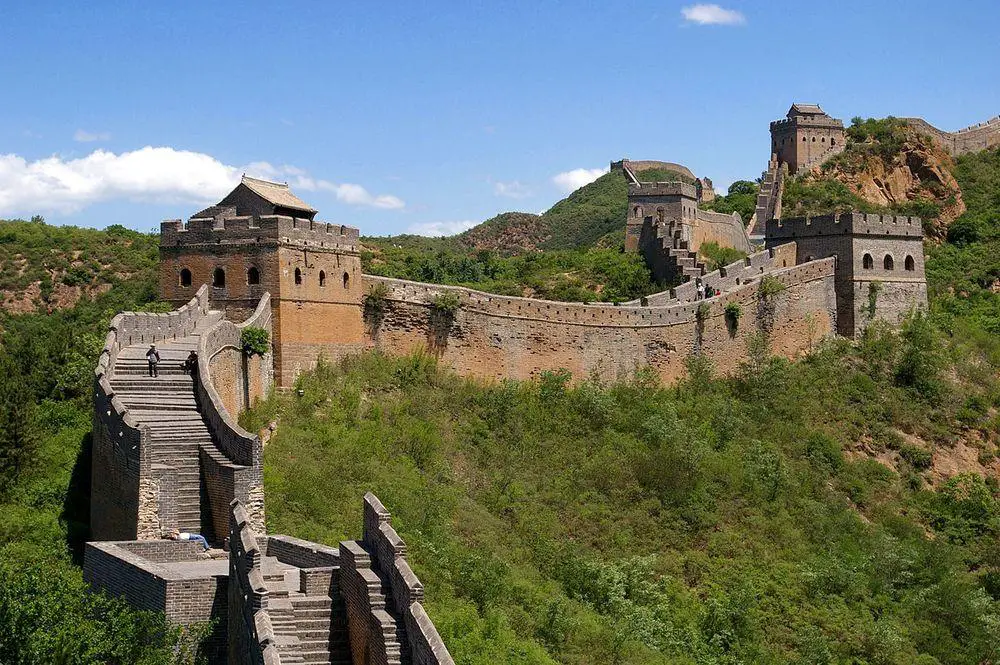
Potala Palace
Tibet
A monument of world importance, this is the chief residence of the Dalai Lama. The first palace was built here in 637, while the current palace was built in 1645 at 13 floors and 117 meters high. It contains 1000 rooms and numerous monuments of art and knowledge, although most of them have been lost since the Chinese invasion.
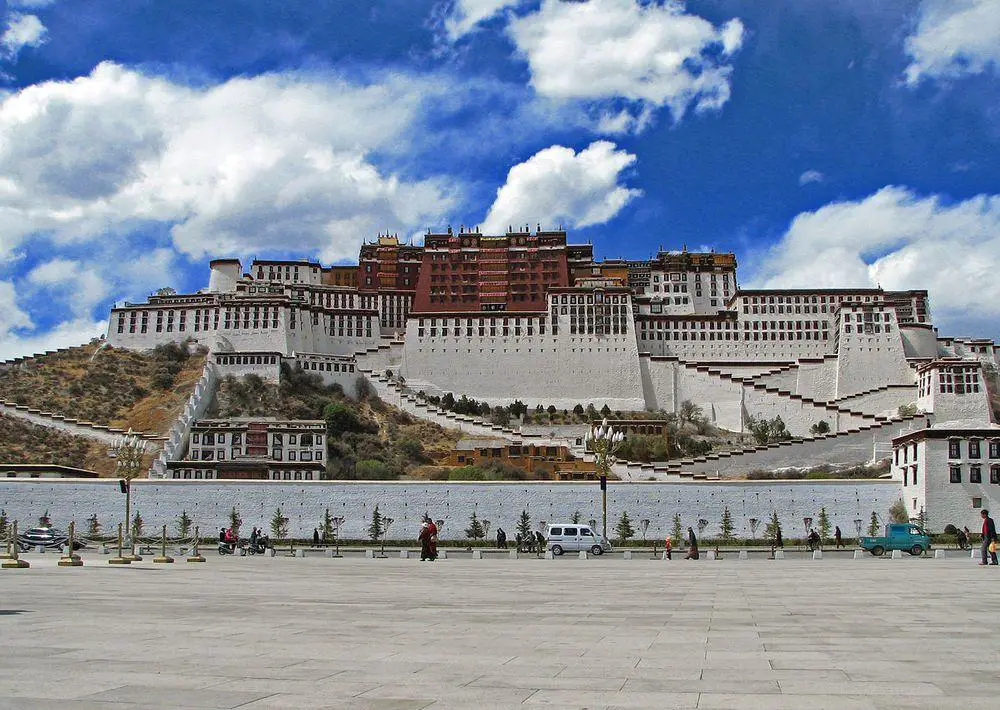
Bagan
Burma (Myanmar)
Ruins of a magnificent, enormous city. Bagan served as the capital of several ancient kingdoms. The city flourished in the 11th – 13th century AD. Here were built more than 5000 pagodas, now 2217 remain. These numerous high and beautiful buildings create a unique skyline.
Angkor Wat
Cambodia
Considered to be the single largest religious complex in the world, built in the ancient capital of Khmers in the early 12th century. Considered to be one of the greatest achievements of humankind in architecture. Initially built as a Hindu monument, later converted into a Buddhist temple complex. Temple is adorned with more than 1 thousand m2 of high-quality bas-reliefs.
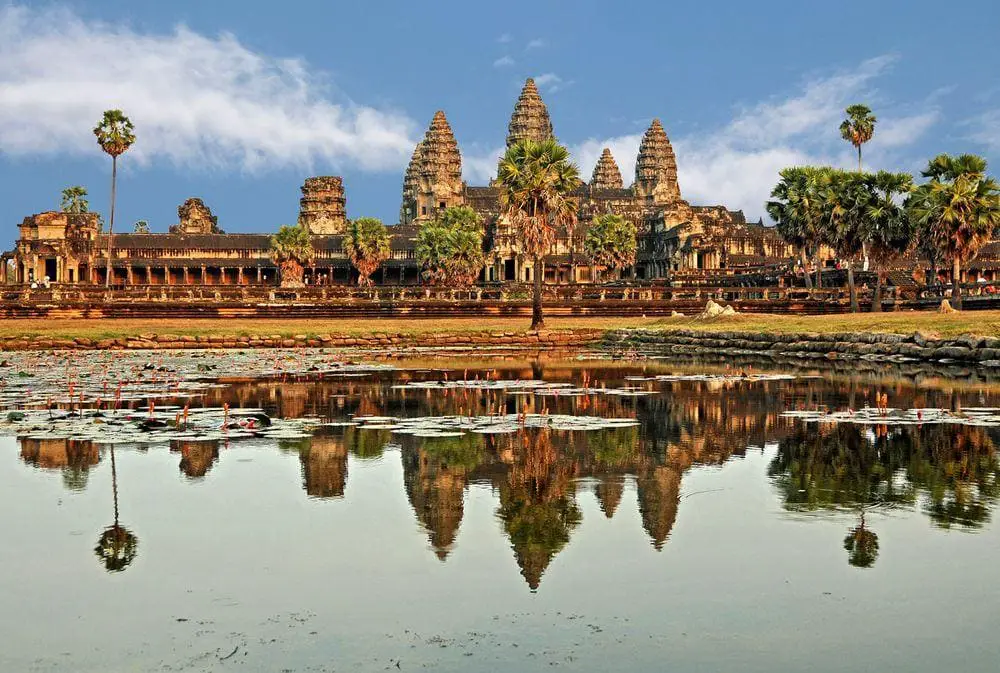
Ellora Caves, Kailasanatha Temple
India
One of the highest achievements not only in Hindu architecture but in ancient structural engineering of the world. A group of 34 rock-cut temples, including the glorious Kailasanatha Temple, are cut out from a whole rock. Built around 550 – 1000 AD.
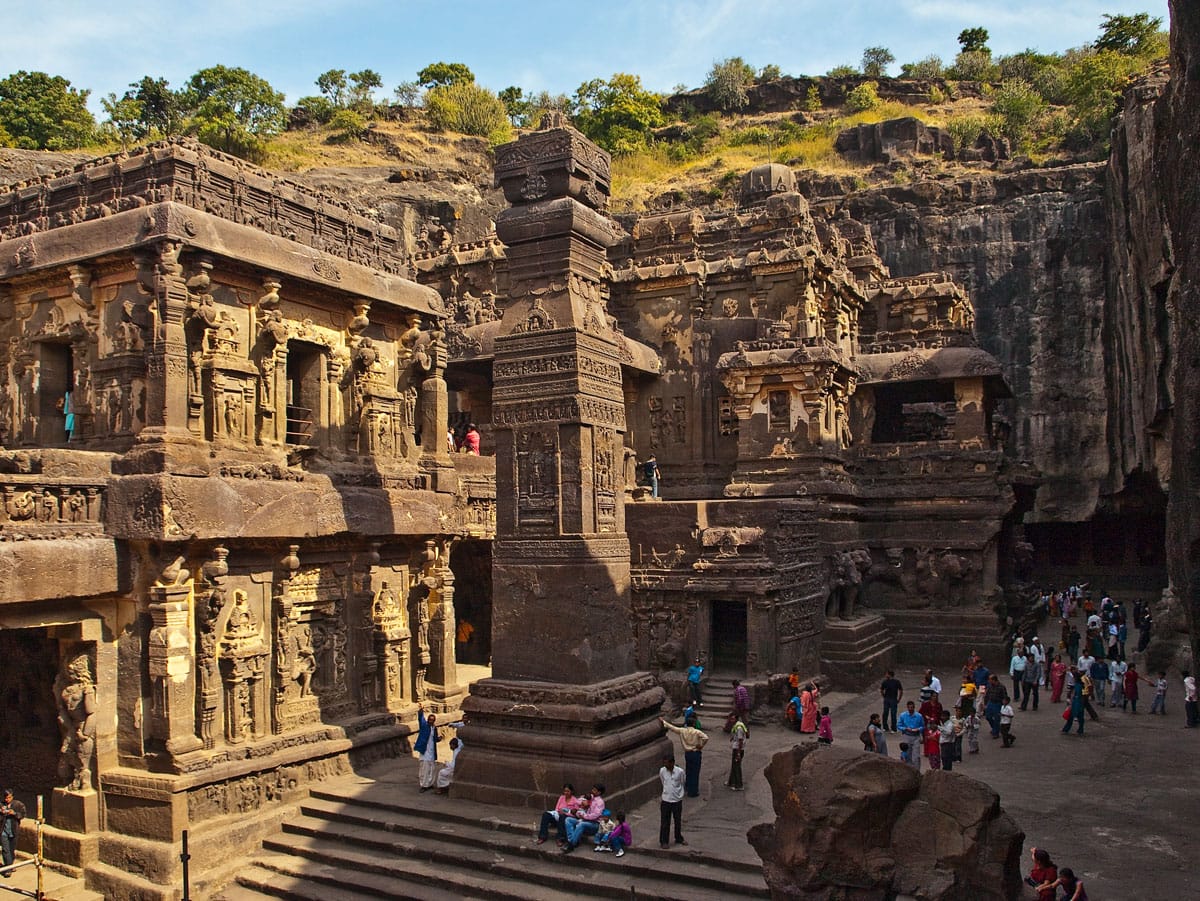
Kaaba and Masjid al-Haram
Saudi Arabia
The largest mosque in the world was built in 638 AD to surround the Kaaba – the holiest site of Islam. Contains several other sacred places, including Zamzam Well which is widely believed to be a miraculous natural spring but in reality, is handmade well.
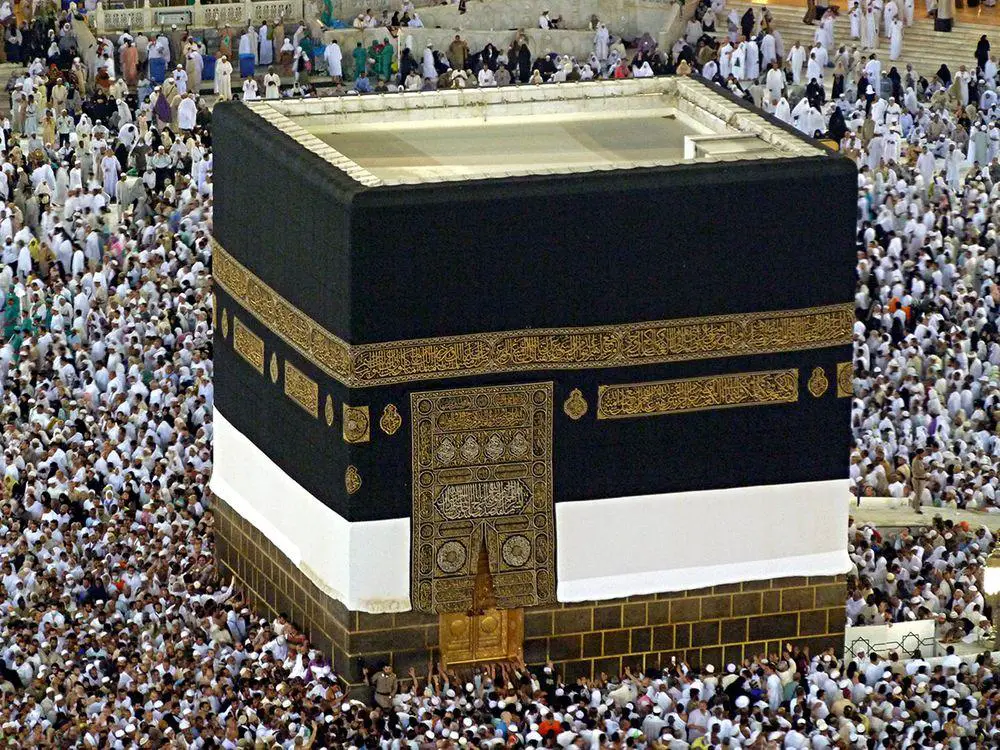
Borobudur
Indonesia
The largest Buddhist structure in the world, constructed in the period between 760 and 830 AD. This pyramid-shaped shrine is adorned with 2,772 sculpted panels. The whole structure is of high symbolism and represents Buddhist cosmology.
Ajanta Caves
India
One of the most beautiful rock-cut temple complexes of the world, developed in the 2nd century BC – 480 AD. In total there are 28 – 30 rock-cut structures, containing murals and sculptures of high importance to the culture of mankind.
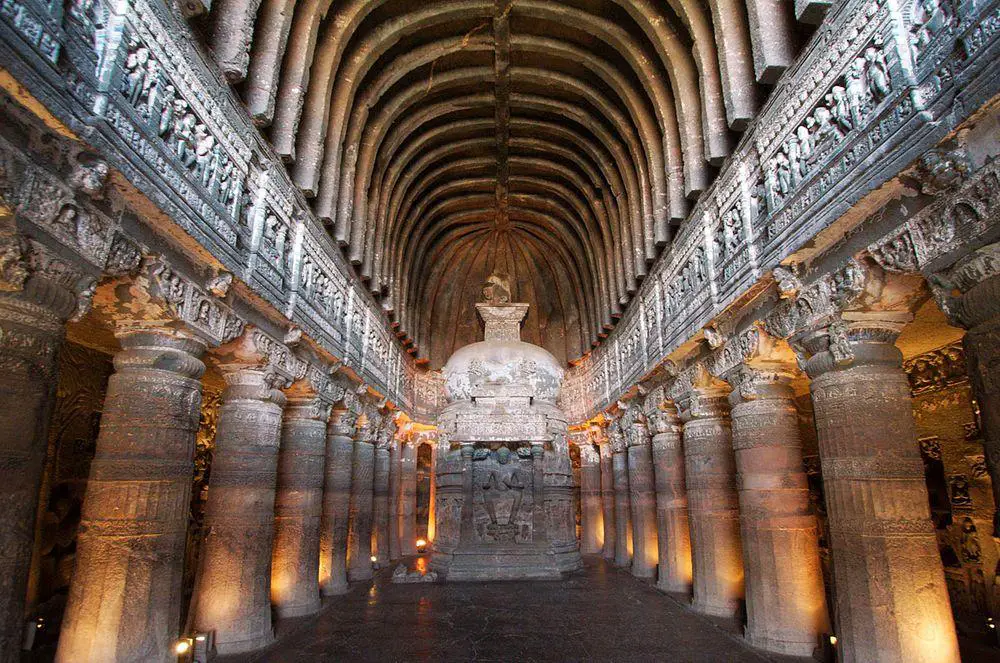
Taj Mahal
India
This mausoleum was built in 1648 by Mughal Emperor Shah Jahan. One of the most iconic monuments of architecture in the world that unites elements of Islamic, Persian, and Indian architecture.
Varanasi
India
The ancient holy city of Buddhists, Hindus, and Jains. With approximately 3000 years of age, this is one of the oldest inhabited cities in the world. It contains a huge amount of valuable monuments of architecture and history, a location of living unique traditions.
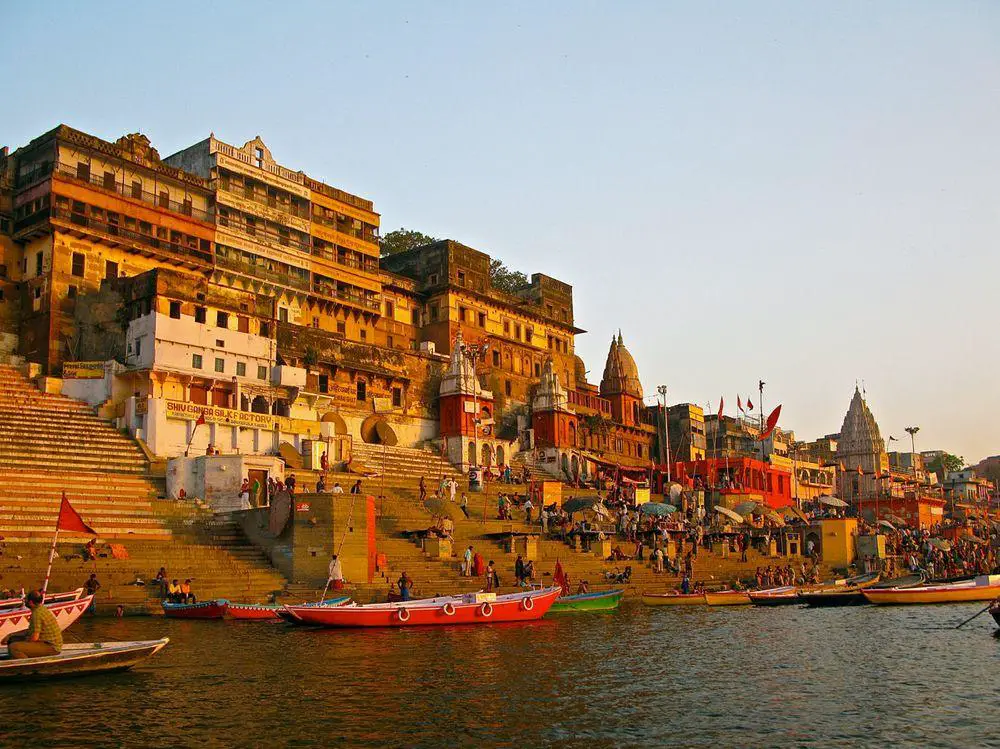
Burj Khalifa
United Arab Emirates
World’s tallest building, an 829.8 m tall skyscraper with 163 floors. Constructed in 2010. In the building are some 35,000 people at any time.
Shwedagon Pagoda
Burma (Myanmar)
Gilded and 98 meters tall, this stupa is richly adorned with jewels. It is the most sacred pagoda in Burma. Initially built in the 6th century, rebuilt and extended, one of the most impressive architectural monuments in the world.
Harmandir Sahib
India
The holiest site for Sikhs was originally built in 1574 and rebuilt in 1588 – 1604. It is a gold-covered temple, surrounded by a manmade lake.
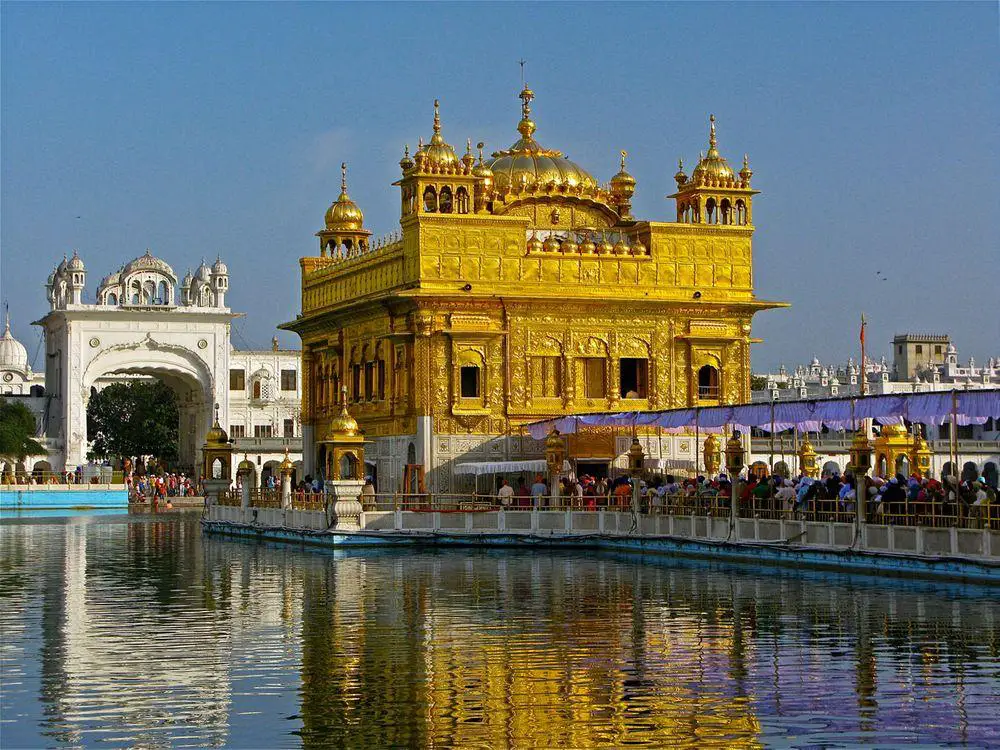
Jerusalem Old City
Palestine
One of the most important and holiest cities in world history, one of the oldest cities that was settled in the 4th millennia BC. Contains hundreds of monuments of world importance, such as the Dome of the Rock, Temple Mount, Wailing Wall, Church of the Holy Sepulchre, and al-Aqsa Mosque. Crossed by Via Dolorosa – the path where Jesus carried his cross.
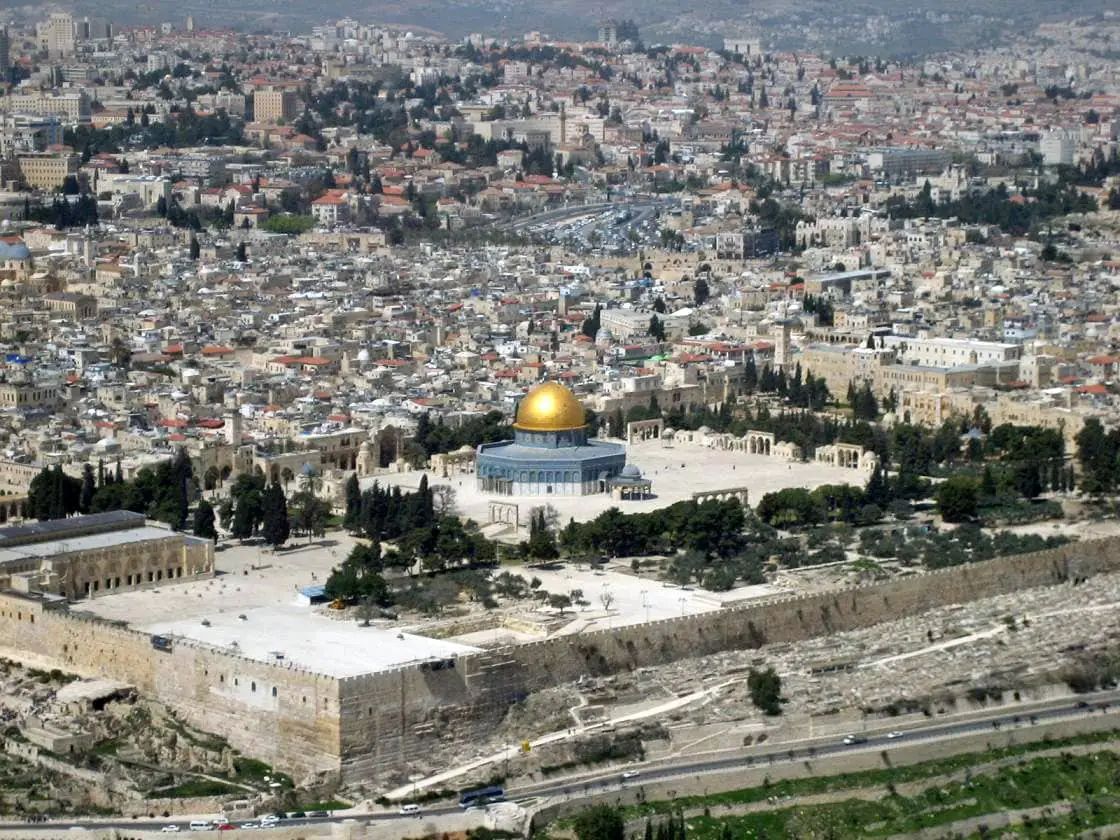
Forbidden City
China
World’s largest palace complex – the Chinese imperial palace that takes up a sizeable part of the city. This complex of buildings 500 years was the center of the Empire of China. Constructed in 1406 – 1420, includes 980 buildings. Contains art collections of very high importance.
Temple Mount
Palestine
A sacred site of huge importance for many millennia, part of the Old Jerusalem. This has been a sacred site for Judaism, Christianity, Islam, and Roman paganism. According to Judaism some aspect of Divine Presence is present here. One of the most contested religious sites in the world, especially between Judaists and Muslims. Under the Temple Mount is a maze of underground passages.
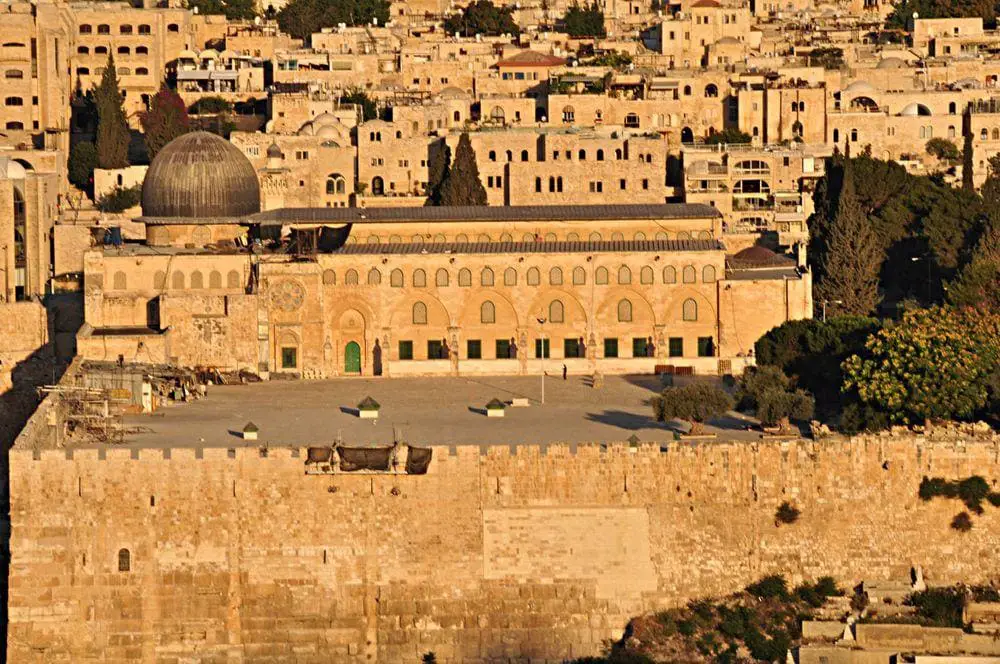
 Recommended books
Recommended books
A History of East Asia: From the Origins of Civilization to the Twenty-First Century
Charles Holcombe begins by asking the question ‘what is East Asia?’ In the modern age, many of the features that made the region – now defined as including China, Japan, Korea, and Vietnam – distinct have been submerged by the effects of revolution, politics, or globalization. Yet, as an ancient civilization, the region had both historical and cultural coherence. This shared past is at the heart of this ambitious book, which traces the story of East Asia from the dawn of history to the twenty-first century.
Dragons and Tigers: A Geography of South, East, and Southeast Asia
Dragons and Tigers: A Geography of South, East, and Southeast Asia, Third Edition is the only book that covers all three regions – South Asia, East Asia, and Southeast Asia. It is the most comprehensive book on the market for a Geography of Asia course. It contains updated and additional maps covering the distribution of religions, physical features, linguistic and religious pluralism in Southeast Asia, and more. Using a cross-disciplinary approach, the author discusses evolving physical and cultural landscapes.

